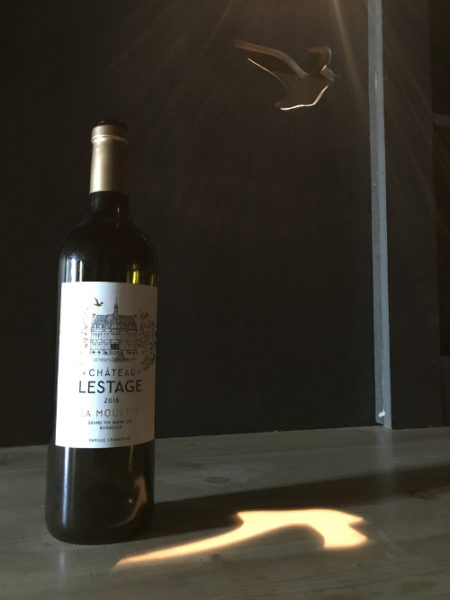Discover
the vineyard
Terroir
The vineyard surrounds the chateau. It is located on the plateau of Puy de Menjon, remarkable terroir shared with its neighbor, Château Fonréaud.
Château Lestage terroir is mainly composed of Pyrenean gravel on the plateau, clay-limestone and marl on the slopes. This particular terroir has led us to favorize Merlot grape variety whose grapes express their full potential on these types of soils.
Our commitment to Sustainable Viticulture
We are committed to a process that favors the sustainability of our vineyard, its wines and the know-how of the women and men who work on them.
Come meet us, we will show you simply:
– How and why the vines are plowed or sown with natural grasses.
– How we protect them from diseases in the Terra-Vitis philosophy.
– How wines but also corks, packaging, barrels, vats are regularly checked.
And above all, come and breathe our love of living and producing great wines in Listrac and Moulis!

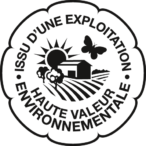
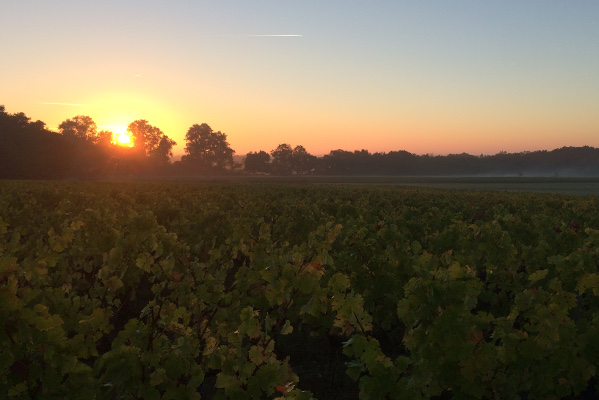
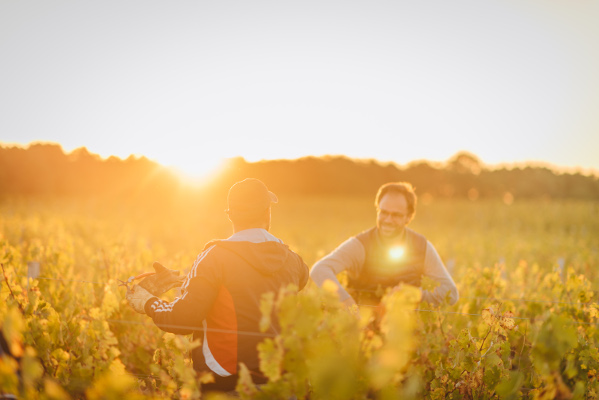
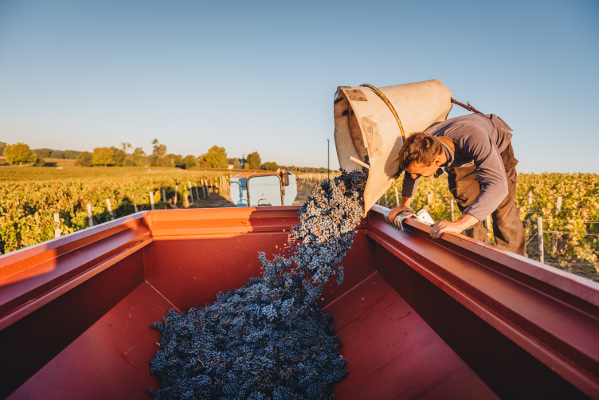
The vineyard
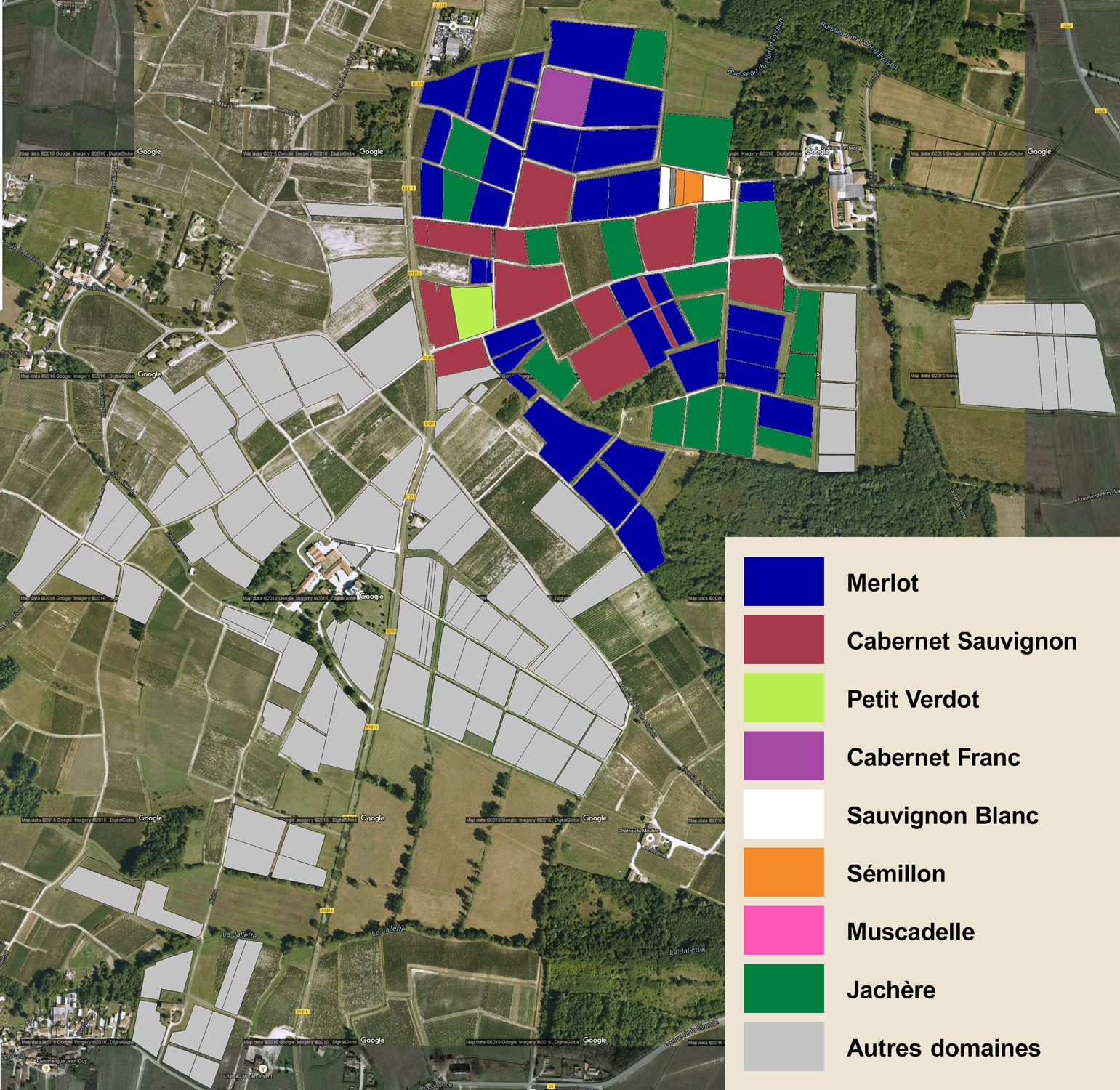
Red grape varieties
Merlots are always harvested first because it is the earliest grape variety. Its grapes must be picked at maturity to preserve their freshness and fruit which are decisive for the wine quality.
The cabernets-sauvignons are picked up a little later. Grapes are less fragile, and when the maturity is reached, it’ is a guarantee of quality.
Petit verdots are usually picked up last. Their percentage is low but this grape variety has an important tannic and aromatic power in the final blend of the wine.
White grapes
During the 19th century, Château Lestage’s vineyard produced a dry white wine.
Dubbed “La Mouette”, it is like the other white wines of Listrac-Médoc (“Le Merle Blanc” of Château Clarke and “Le Cygne” of Château Fonréaud), a bird’s name. At the end of the 1950s, climatic hazards led to the disappearance of these white vines.
In 2014, we set out to reconnect with tradition by resurrecting this small vineyard: 2016 is the first vintage.
Lestage
- Appellation d’Origine Contrôlée : Listrac-Médoc
- Area: 46 Ha
- Average age of the vineyard : 20 years old
- Oldest plot (year of planting) : 1972
- Planting density : 7000 plants / hectare
Varieties in 2019
- Cabernet Sauvignon (33%)
- Merlot (63%)
- Petit Verdot (1%)
La Mouette
- Appellation d’Origine Contrôlée : Bordeaux Blanc
- Area: 0,5 Ha
- Average age of the vineyard : 4 years old
- Oldest plot (year of planting): 2014
- Planting density : 7000 plants / hectare
Varieties in 2019
- Sauvignon Blanc (50%)
- Sémillon (50%)
The Cellar
The operating buildings are older than the chateau.
The set was probably a square courtyard around a low Chartreuse that was replaced by the current chateau built in 1870. The vat room is equipped with thermo-regulated concrete vats of different sizes. They make it possible to vinify separately the grapes of each parcel of the vineyard, respecting their own identity and the characters of each grape variety.
From the vineyard to the cellar
We work respecting the plant and its environment. At harvest time, the grapes are sorted and sent to the vat room.
Since 2002, we proceed to cold pre-fermentation maceration: the temperature of the vat has dropped around 10 degrees for 2 to 3 days. This promotes the release and extraction of color and fruit aromas.
Then we work the wine throughout the alcoholic fermentation which lasts about 10 to 12 days. This step is followed by a second fermentation: malolactic fermentation.
Once these two fermentations are completed, we put the wine into barrels.
Ageing
Each year we select different types of barrels. Each cooper brings to the wine his personal touch. The variety of their woods contributes to the quality and personality of each cask.
At the end of this breeding period, we proceed to the tasting of the different batches present in the cellar. This step allows us to make the assembly that will be bottled at the chateau. 20 months after the harvest, Château Lestage is born.
Discover
our wines
For more than half a century, the estate has been dedicated to producing exceptional wines in line with the great wines produced on the Bordeaux vineyards.
Come to discover our productions, as well as a presentation of the specificities related to each vintage.
